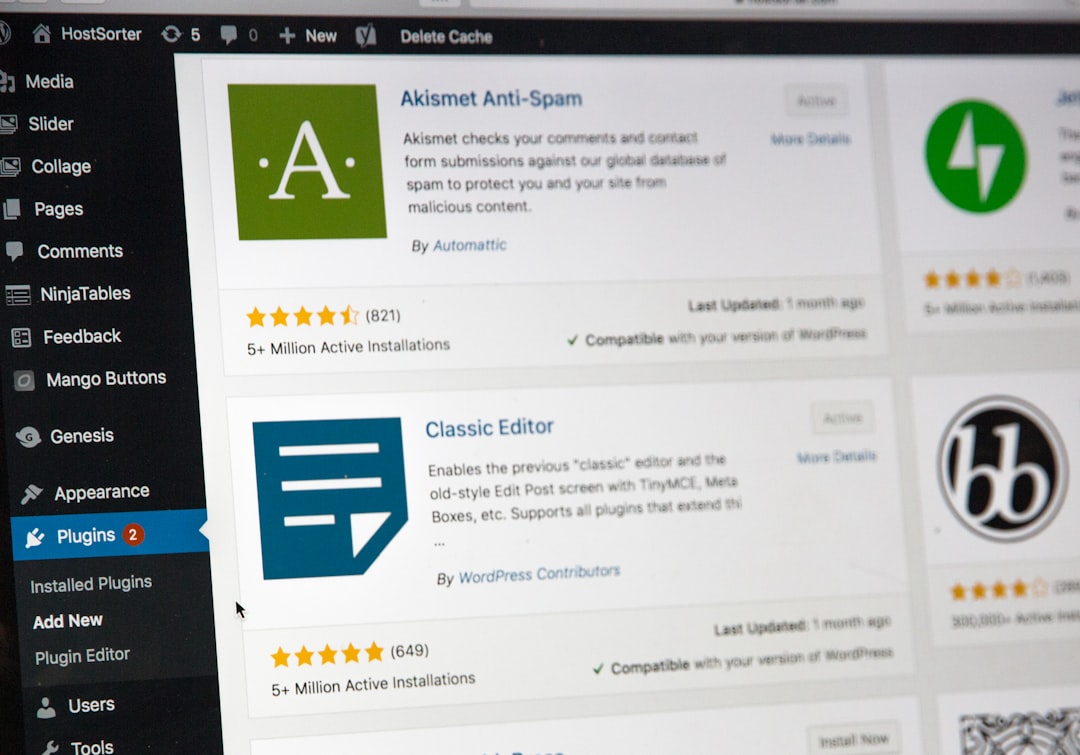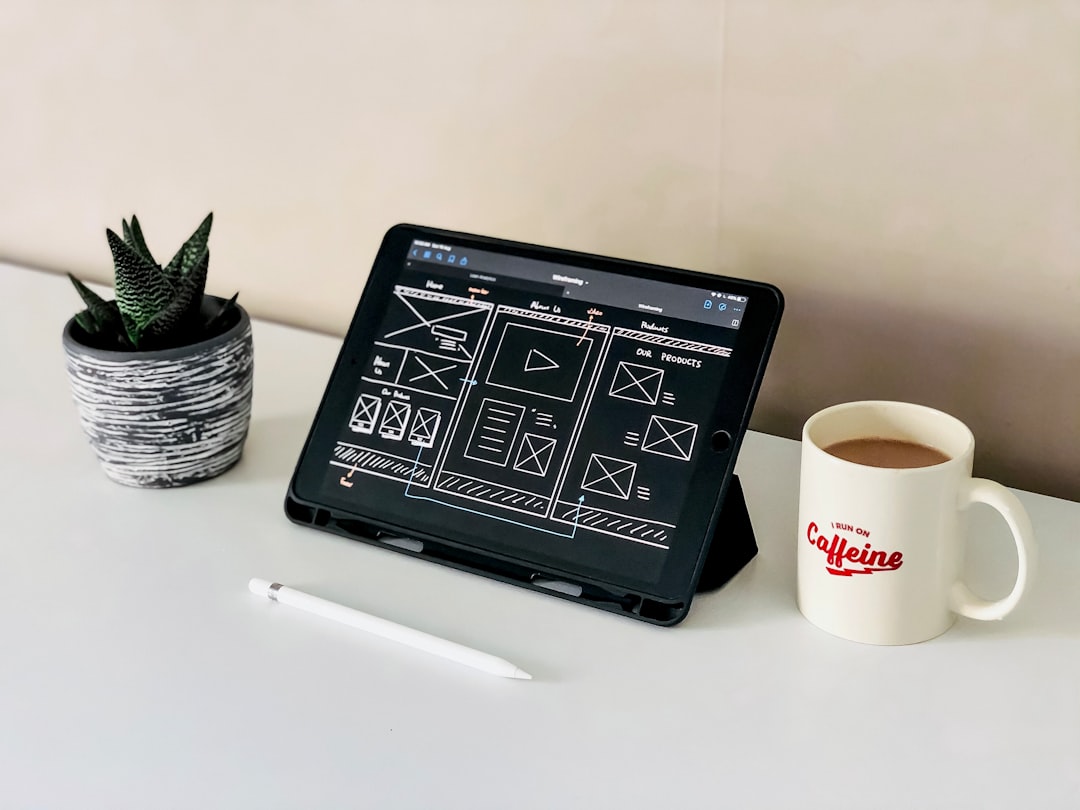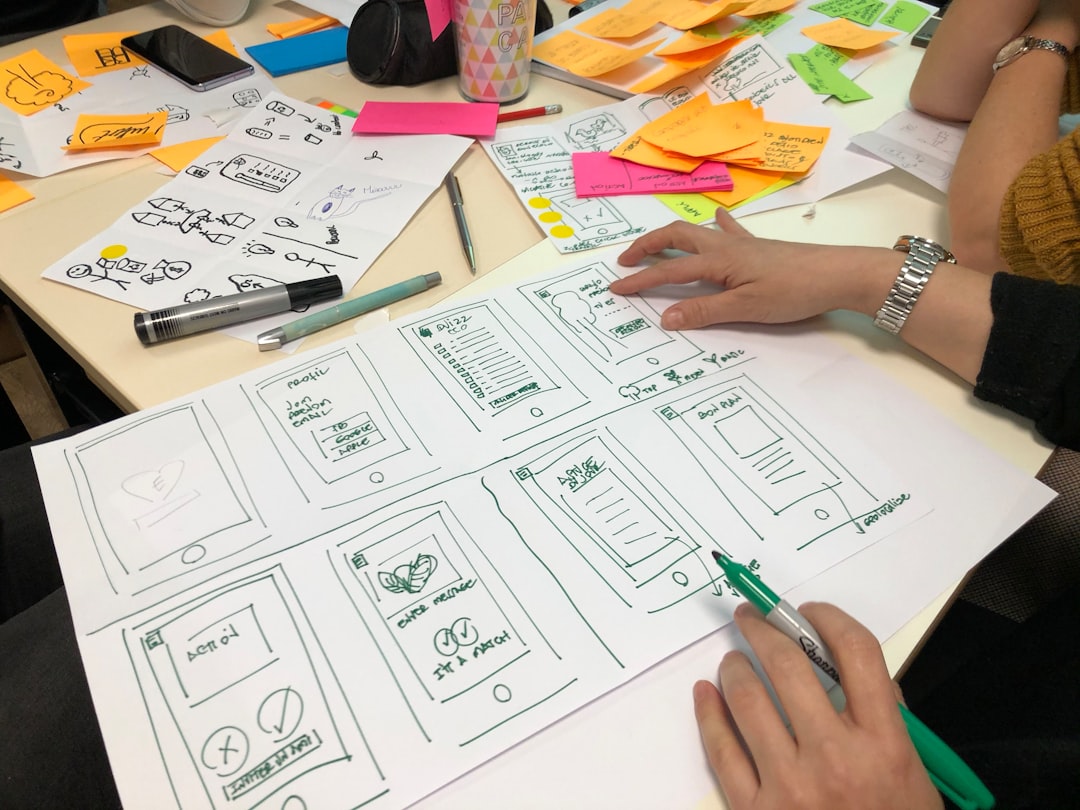
Welcome to my guide to website design! In this article, I will be discussing everything from the basics of website design to some of the more advanced concepts. I hope that this guide will help you to create a website that is both visually appealing and functional.
Before we get started, it is important to understand a few key concepts. First and foremost, website design is all about communication. Your website should be able to convey your message to your target audience in a clear and concise manner. Second, website design is all about user experience. Make sure that your website is easy to navigate and that all of the elements are easy to find. Finally, always remember to focus on SEO when designing your website. By optimizing your website for search engines, you can ensure that your website is found by a wider audience.
Now that we have covered the basics, let’s move on to some of the more advanced concepts. In this section, we will be discussing responsive web design, the top 5 web design platforms, and the importance of SEO. I hope that this section will help you to create a website that is both visually appealing and functional.
1. Define your website’s purpose
Before you can even start designing your website, you first need to decide its purpose. Do you want it to be a sales tool, a marketing platform, or something else entirely? Once you have a solid understanding of your intention, you can begin to design your website accordingly.
2. Consider your target audience
When designing your website, it is important to understand your target audience. Do you want to create a website for people who are familiar with web design? Or do you want to create a website for people who are new to the process? Once you have a good understanding of your target audience, you can begin to design your site accordingly.
3. Choose a website design platform
There are a number of different website design platforms available on the market today. Whichever platform you choose, make sure that it is compatible with your intended purpose and target audience. Some of the more popular web design platforms include WordPress, Adobe InDesign, Shopify, Wix, Squarespace, Magento, OpenCart & Drupal.
WordPress is known for its ease of use and wide range of plugins, while Adobe InDesign is a powerful tool used for creating sophisticated layouts and designs. Drupal is a more complex platform that has been used to create large, enterprise-level websites. All of these platforms have their own benefits and drawbacks and the right choice will depend on the individual’s goals and objectives.
4. Choose a design approach
When designing your website, there are a variety of different design approaches that you can take. You can use a pre-designed template or create your own from scratch. Whatever approach you choose, make sure that it is suitable for your website’s purpose and target audience.
5. Construct your sitemap
It is important to start thinking about your sitemap and how your website structure will be. Creating a visual sitemap will help you plan your website pages and menus and what is the best more user-friendly way to create your website architecture.
6. Choose a design style
Once you have chosen a design approach, platform, and sitemap, you can begin to select a design style. There are a variety of different design styles available today, including graphic designer, agency, corporate, modern & modern vintage, clean & minimalistic, and so on. Make sure that the style of your website is compatible with your intended purpose and target audience.
7. Design your website’s layout
You can choose to use a pre-designed template or create your own from scratch. Make sure that the layout is both aesthetically pleasing and functionally effective. Here are some layout ideas you could choose from:
1: Pre-designed Website Template
2: Custom Web Design
3: Website Builder Tool
4: Single Page Web Design
5: Parallax Scrolling
6: Grid-Based Layout
7: Minimalist Design
8. Design your content
Once you have chosen a design layout start designing your content. This includes both visual and textual elements such as images, videos, text, and more. Make sure to use high-quality content that is engaging and relevant to your website’s purpose and target audience.
9. Test your website
Once your website is designed, it is important to test it out to make sure that everything works properly. This includes testing out the website on multiple devices and browsers, as well as checking for any potential errors or bugs. This is also a great time to gather feedback from users and make any necessary improvements.
10. Launch your website
Once your website is perfected and ready to go, it’s time to launch it. This includes setting up your domain name and hosting, as well as submitting your website to search engines. With a bit of luck, your website will be live and ready to go in no time.
Congratulations! You have now completed the process of designing and launching your website. Next, you need to think about ways to promote your website.
11. Promote your website through SEO
One of the most important aspects of any website is its SEO (search engine optimisation). By optimising your website for search engines like Google, you can ensure that it is found by a wider audience.
12. Keep your design fresh
Once you’ve finalized your website’s design, it’s important to keep it fresh. By updating your content, graphics, and layout regularly, you’ll keep your visitors coming back for more.
Conclusion
In this article, we’ve covered the steps involved in designing and launching a website. Whether you’re looking to design a brand new website or update your existing website, these tips will help you get started on the right track. If you are looking for a professional web design agency talk to our team at The SEO Room. We are a digital marketing agency in Perth, Australia specialising in SEO-friendly web design and SEO services.









